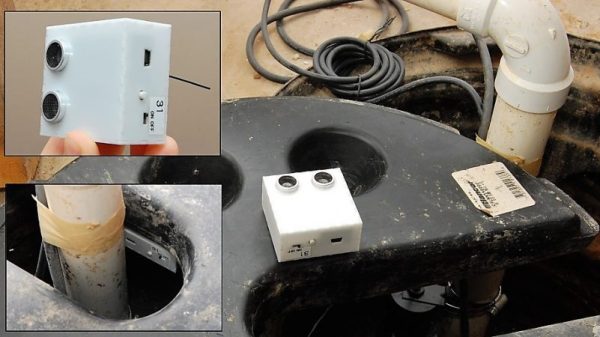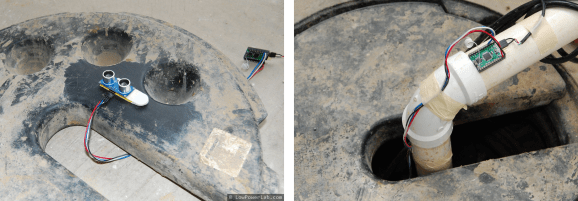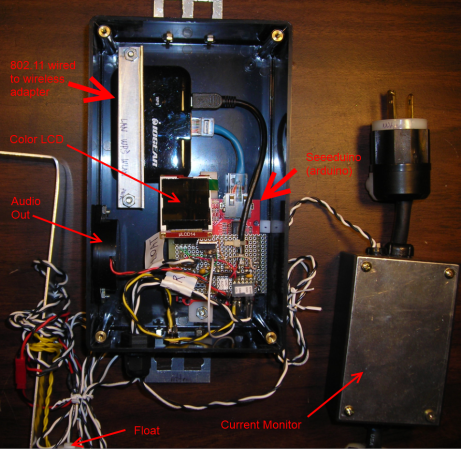[Stephen] has a basement that depends on a sump pump. What that means is if the pump fails or the power goes out, the basement floods—which is rather undesirable. Not wanting to rely on a single point of failure, [Stephen] decided to build a monitor for the basement situation, which quickly spiralled to a greater degree of complexity than he initially expected.
The initial plan was just to have water level sensors reporting data over a modified CATS packet radio transmitter. On the other end, the plan was to capture the feed via a CATS receiver, pipe the data to the internet via FELINET, and then have the data displayed on a Grafana dashboard. Simple enough. From there, though, [Stephen] started musing on the possibilities. He thought about capturing humidity data to verify the dehumidifier was working. Plus, temperature would be handy to get early warning before any pipes were frozen in colder times. Achieving those aims would be easy enough with a BME280 sensor, though hacking it into the CATS rig was a little challenging.
The results are pretty neat, though. [Stephen] can now track all the vital signs of his basement remotely, with all the data displayed elegantly on a nice Grafana dashboard. If you’re looking to get started on a similar project, we’ve featured a great Grafana guide at a previous Supercon, just by the by. All in all, [Stephen’s] project may have a touch of the old overkill, but sometimes, the most rewarding projects are the ones you pour your heart and soul into!















